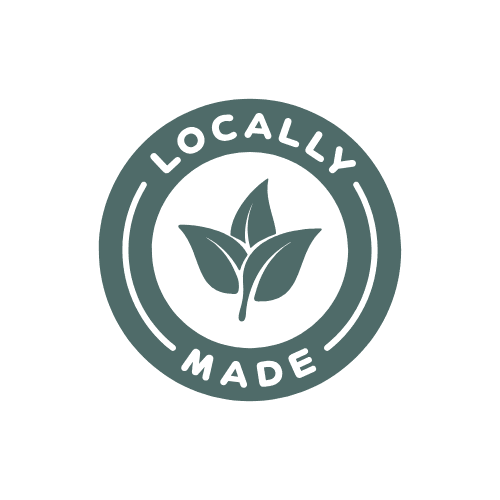No products in the cart.
 If you have plenty of open space around your home and want to spend a productive time outdoors, you should start a vegetable garden. This will enable you to enjoy growing your own vegetables and obtain fresh produce for your kitchen, canning purposes, or just by giving them away. The first steps when planning a vegetable garden are locating the site and determining its size. You should start small and expand your vegetable garden over the years.
If you have plenty of open space around your home and want to spend a productive time outdoors, you should start a vegetable garden. This will enable you to enjoy growing your own vegetables and obtain fresh produce for your kitchen, canning purposes, or just by giving them away. The first steps when planning a vegetable garden are locating the site and determining its size. You should start small and expand your vegetable garden over the years.

 If you are planning to add a flower or vegetable garden to your yard, you should consider raised garden beds. A raised garden bed simply consists of a box made of wood, bricks, or blocks which has soil to elevate the planting bed’s level above the surrounding ground.With raised beds, you get a simple and effective way to create a garden that is healthy and productive by positively manipulating the growing environment. And the best part is that you can create the ideal planting conditions for
If you are planning to add a flower or vegetable garden to your yard, you should consider raised garden beds. A raised garden bed simply consists of a box made of wood, bricks, or blocks which has soil to elevate the planting bed’s level above the surrounding ground.With raised beds, you get a simple and effective way to create a garden that is healthy and productive by positively manipulating the growing environment. And the best part is that you can create the ideal planting conditions for 


